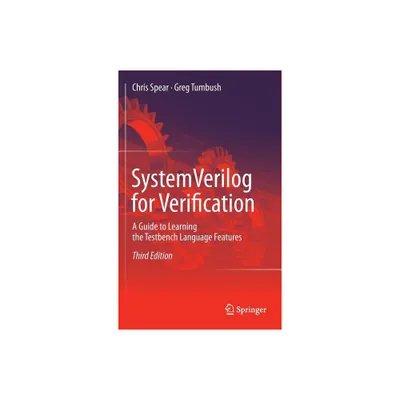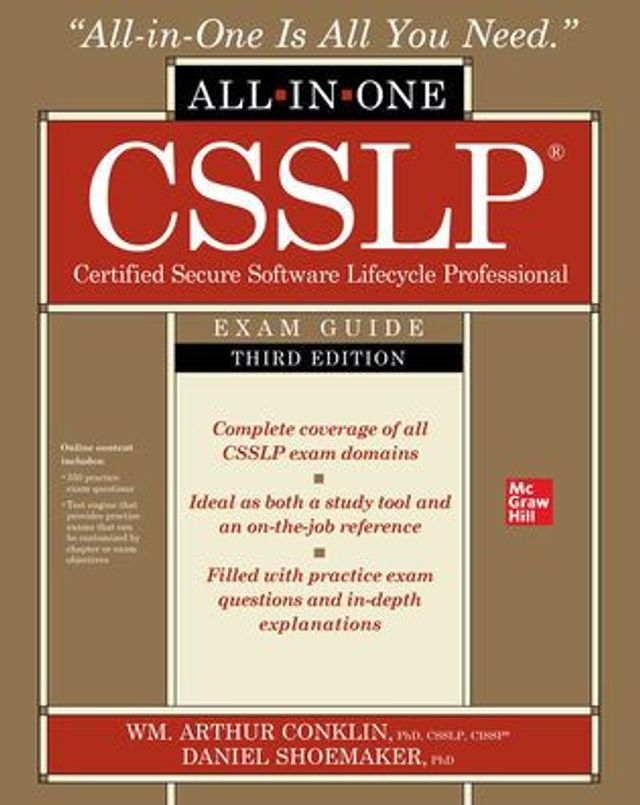Home
Modelling and Verification of Secure Exams
Loading Inventory...
Barnes and Noble
Modelling and Verification of Secure Exams
Current price: $54.99


Barnes and Noble
Modelling and Verification of Secure Exams
Current price: $54.99
Loading Inventory...
Size: OS
*Product Information may vary - to confirm product availability, pricing, and additional information please contact Barnes and Noble
In this book the author introduces a novel approach to securing exam systems. He provides an in-depth understanding, useful for studying the security of exams and similar systems, such as public tenders, personnel selections, project reviews, and conference management systems.
After a short chapter that explains the context and objectives of the book, in Chap. 2 the author introduces terminology for exams and the foundations required to formulate their security requirements. He describes the tasks that occur during an exam, taking account of the levels of detail and abstraction of an exam specification and the threats that arise out of the different exam roles. He also presents a taxonomy that classifies exams by types and categories. Chapter 3 contains formal definitions of the authentication, privacy, and verifiability requirements for exams, a framework based on the applied pi-calculus for the specification of authentication and privacy, and a more abstract approach based on set-theory that enables the specification of verifiability. Chapter 4 describes the Huszti-Pethő prool in detail and proposes a security enhancement. In Chap. 5 the author details Remark!, a prool for Internet-based exams, discussing its cryptographic building blocks and some security considerations. Chapter 6 focuses on WATA, a family of computer-assisted exams that employ computer assistance while keeping face-to-face testing. The chapter also introduces formal definitions of accountability requirements and details the analysis of a WATA prool against such definitions. In Chaps. 4, 5, and 6 the author uses the cryptographic prool verifier ProVerif for the formal analyses. Finally, the author outlines future work in Chap. 7.
The book is valuable for researchers and graduate students in the areas of information security, in particular for people engaged with exams or prools.
After a short chapter that explains the context and objectives of the book, in Chap. 2 the author introduces terminology for exams and the foundations required to formulate their security requirements. He describes the tasks that occur during an exam, taking account of the levels of detail and abstraction of an exam specification and the threats that arise out of the different exam roles. He also presents a taxonomy that classifies exams by types and categories. Chapter 3 contains formal definitions of the authentication, privacy, and verifiability requirements for exams, a framework based on the applied pi-calculus for the specification of authentication and privacy, and a more abstract approach based on set-theory that enables the specification of verifiability. Chapter 4 describes the Huszti-Pethő prool in detail and proposes a security enhancement. In Chap. 5 the author details Remark!, a prool for Internet-based exams, discussing its cryptographic building blocks and some security considerations. Chapter 6 focuses on WATA, a family of computer-assisted exams that employ computer assistance while keeping face-to-face testing. The chapter also introduces formal definitions of accountability requirements and details the analysis of a WATA prool against such definitions. In Chaps. 4, 5, and 6 the author uses the cryptographic prool verifier ProVerif for the formal analyses. Finally, the author outlines future work in Chap. 7.
The book is valuable for researchers and graduate students in the areas of information security, in particular for people engaged with exams or prools.


















